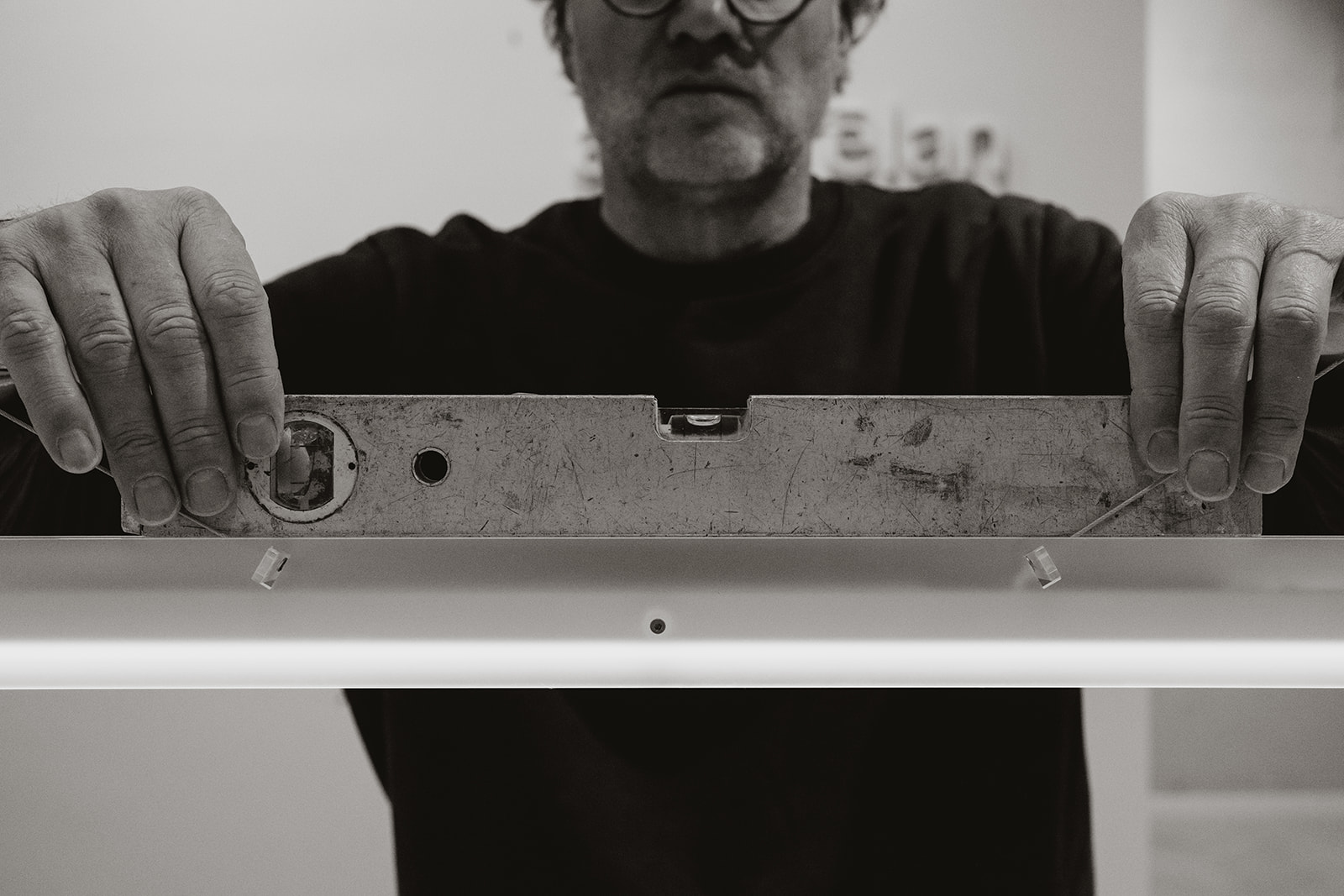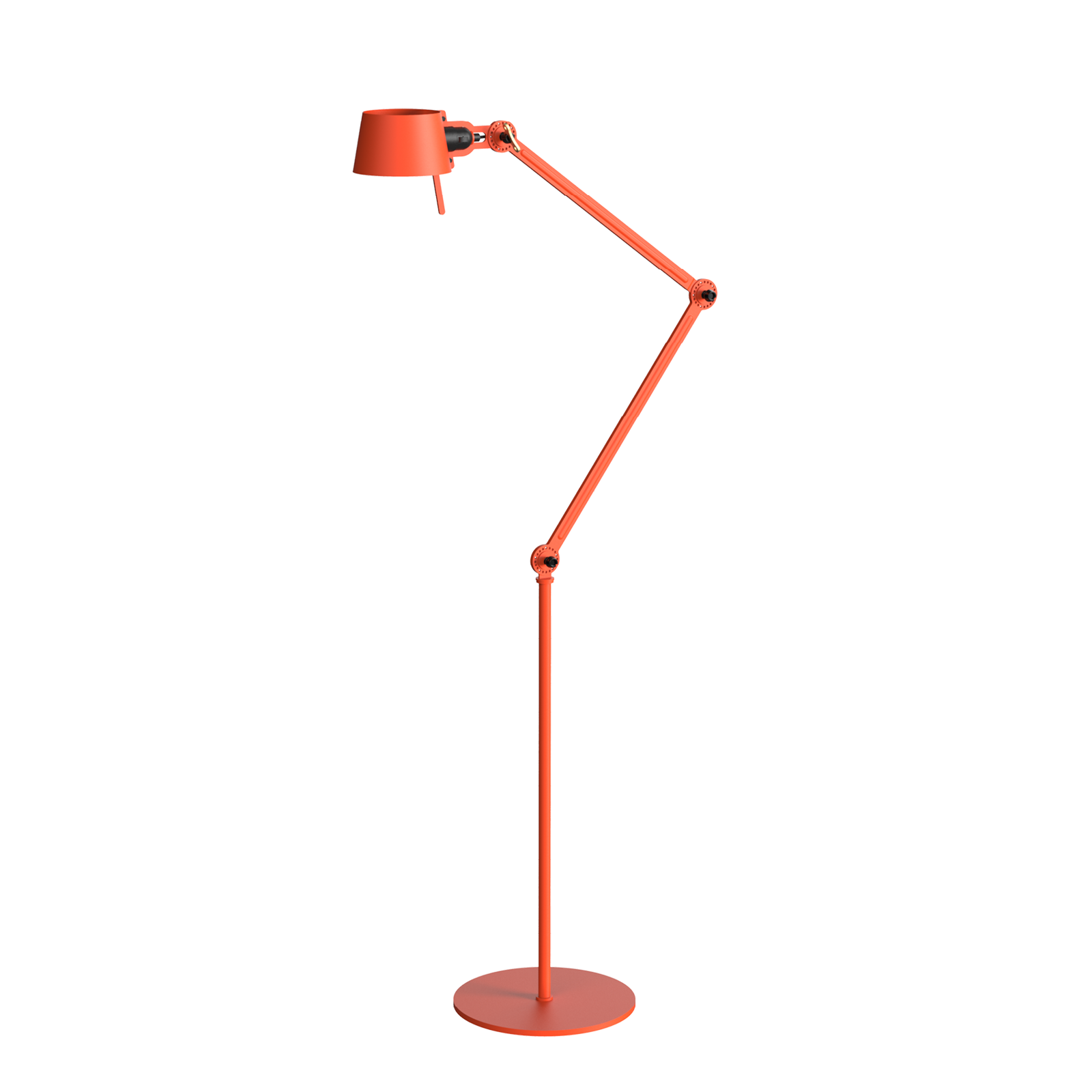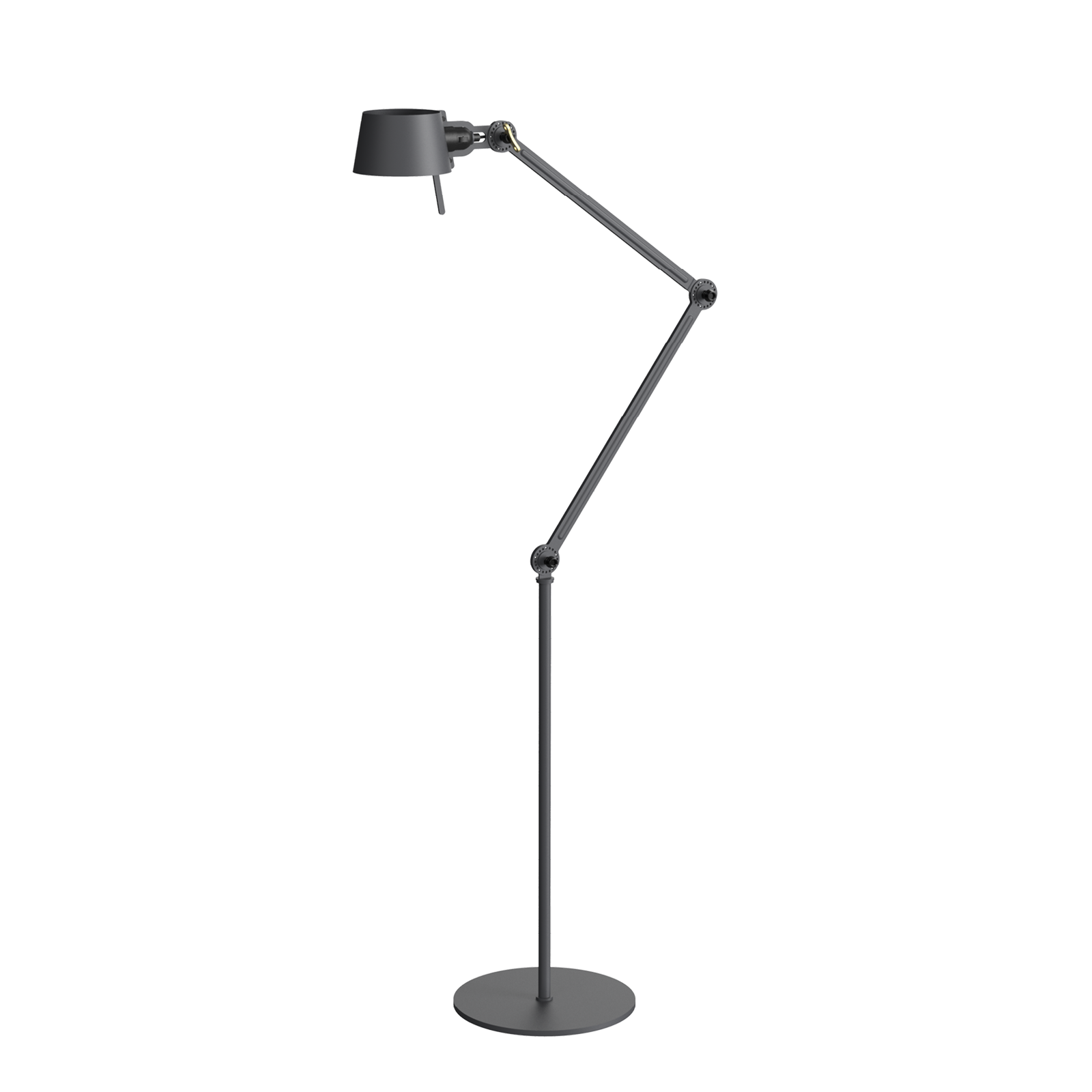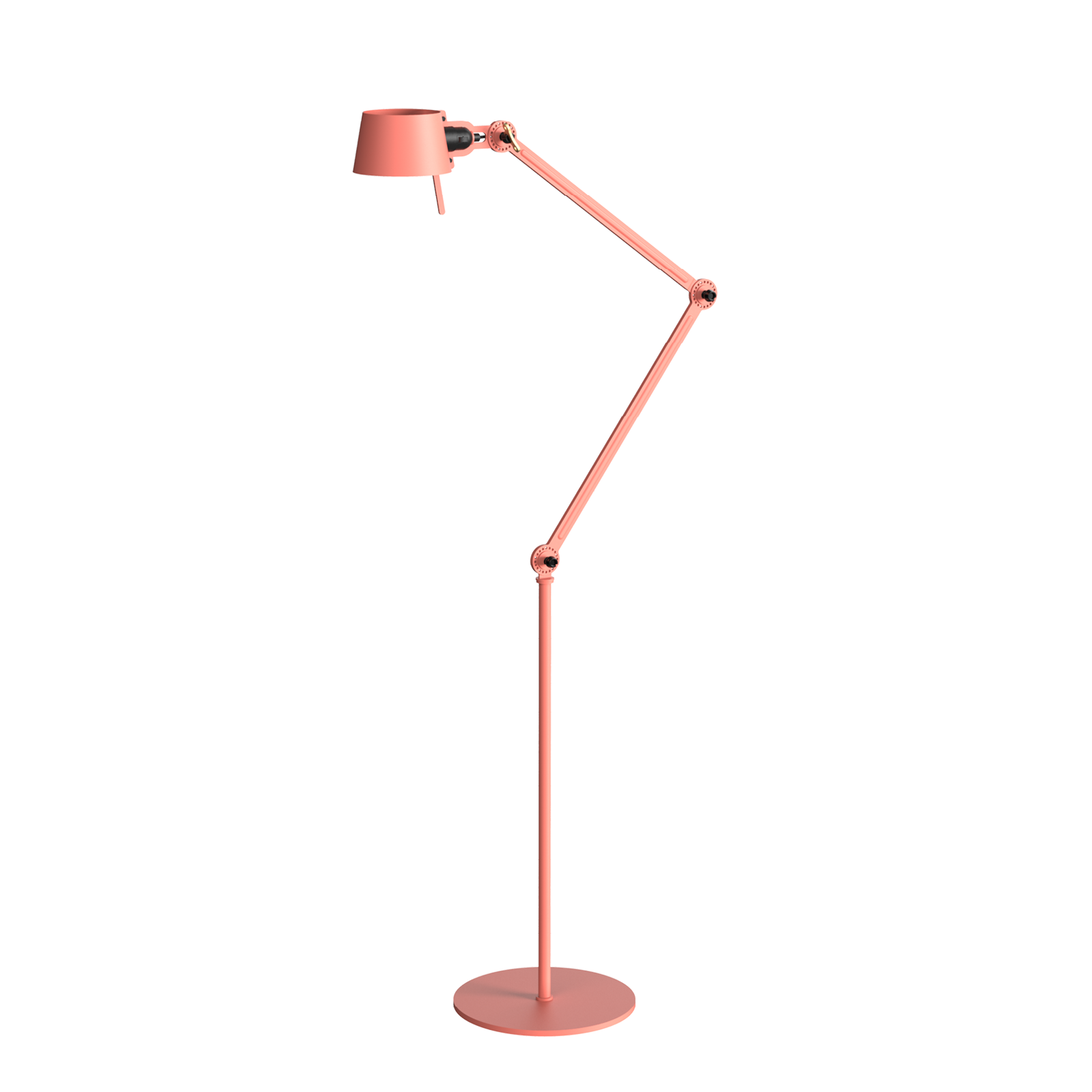
Making a lighting plan for the bathroom in 6 simple steps
A good lighting plan for the bathroom is essential, it ensures the right lighting in practical places such as near the mirror or shower, and the right atmosphere. Place bathroom lighting in 6 steps. From making a floor plan to adding mood lighting for a warm ambiance. We provide a clear step-by-step plan to help you install bathroom lighting efficiently.
Step-by-step plan for a lighting plan in your bathroom
A well-thought-out lighting plan helps you strategically place different types of lighting. This way, you decide exactly where light is needed and how much, so you can shower comfortably, make up in front of the mirror or relax in the bath. Follow these 6 steps to create an effective lighting plan for your bathroom:
Step 1: Draw a floor plan of the bathroom
Start by making a floor plan of the entire bathroom. Note down dimensions and the location of fixed elements like the bathtub, shower and sink. This will give you an overview of the space and help determine where best to place which lighting.
Step 2: Determine the connection points and switches
Decide where the connection points for the lighting should be. Place socket outlets and switches strategically in the bathroom so that you have easy access to controlling the lighting. Consider places where you need directional light, such as near the mirror or in the shower.
Also consider installing additional lights, for example mood lighting around the bath. Make sure there are enough connection points to connect these without extra wiring afterwards.
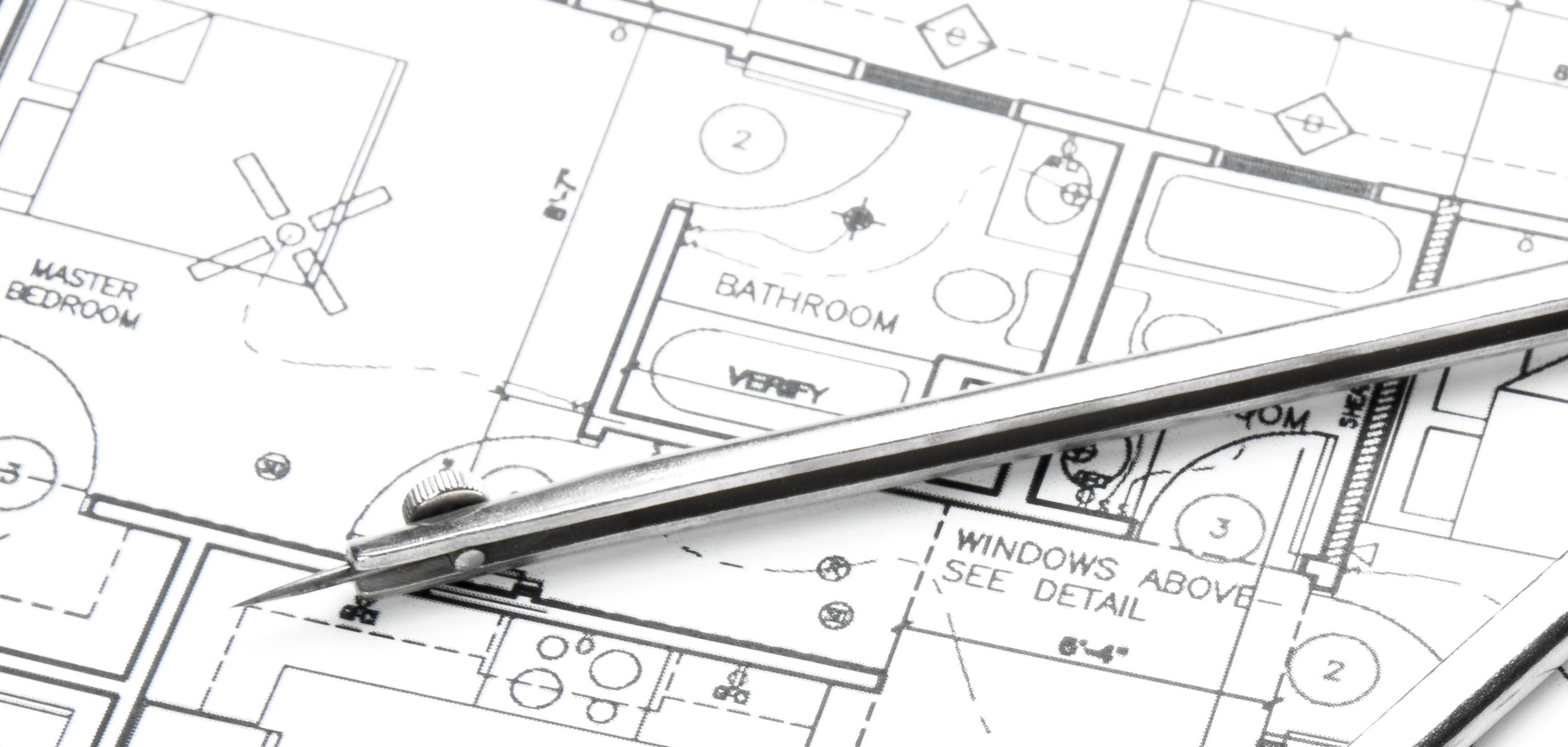
Step 3: Decide where to place waterproof lighting
In damp rooms like the bathroom, it is essential to choose water-resistant lamps. The IP rating of a lamp indicates how resistant it is to moisture and water. The closer the lamp is to water, the higher the IP rating should be for safety.
For lamps that hang directly over the shower or bath, a minimum IP rating of IP65 is required to protect against water jets. Choose lamps with an IP rating of at least IP44 when installing lighting within a 60-centimetre radius around plumbing fixtures, such as near the sink or bathtub rim.
LED lighting is a good choice for damp spaces as it is energy-efficient and available in water-resistant variants. However, please note that Tonone's lamps are not suitable for use in damp spaces such as bathrooms and toilets, as they do not meet the required IP ratings. Therefore, we recommend using our lamps only in dry rooms such as living rooms, bedrooms or offices.
Step 4: Decide where basic lighting should go
Basic lighting, also known as general lighting, ensures that the entire bathroom is well lit. This lighting is meant to illuminate the room evenly, without dark corners. Choose strategic spots for basic lighting, such as in the centre of the ceiling or scattered around the room if you have a larger bathroom.
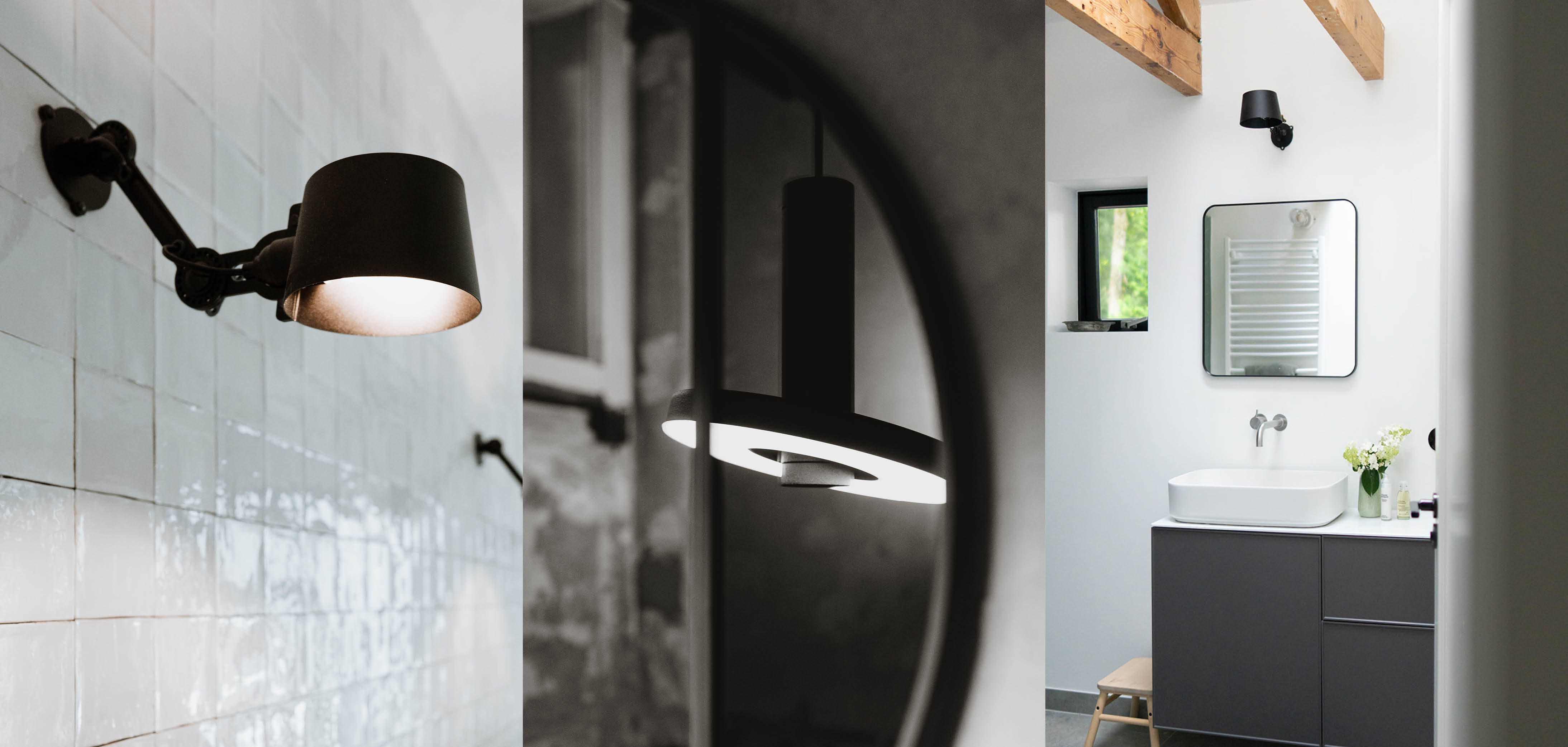
Step 5: Decide where practical lighting should go
Practical lighting, also known as functional lighting, is essential for specific tasks in the bathroom. A good example is lighting around or above the mirror. This ensures that you have enough light for tasks such as shaving or applying make-up. Place the lighting so that there is no shadow on your face, but that it is evenly lit so you always have good visibility. You can achieve this by installing lighting on both sides of the mirror or by choosing a mirror with built-in lighting.
Step 6: Add mood and accent lighting
Give your bathroom a warm and inviting look by adding accent and mood lighting. Mood lighting creates a cosy ambiance and can be achieved, for instance, with a wall shelf or tray with (LED) candles. LED strips under the bathroom cabinet provide indirect light, subtly illuminating the room without being overwhelming. Choose dimmable lighting to adjust light intensity and easily create a relaxing atmosphere.
Use accent lighting to highlight specific elements in the bathroom, such as artwork or architectural details. By adding these lights, you not only add visual interest, but also increase the comfort and atmosphere of the room.
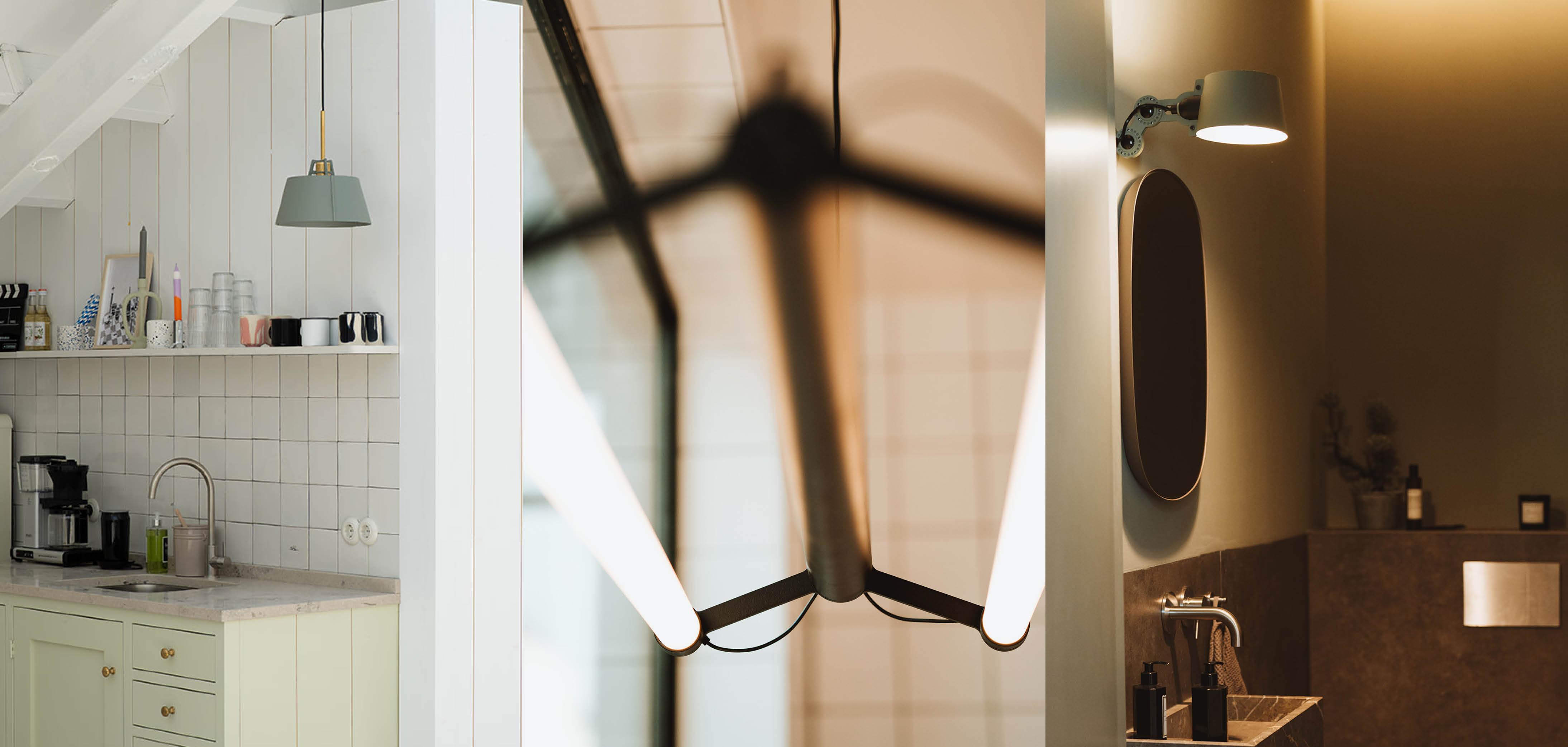
Why is a lighting plan in the bathroom important?
A good lighting plan in the bathroom is important because it ensures sufficient light at the right times and places, such as in the shower or in front of the mirror. It makes daily tasks easier and more comfortable. In addition, thoughtful light distribution makes the bathroom feel inviting, e.g. with softer light around the bath to relax. By cleverly choosing where to place which type of lighting, you make the bathroom both practical and atmospheric, tailored to everything you want to do there.
What colour of light is best for the bathroom?
For the bathroom, light between 3000 and 4000 Kelvin is best. This neutral white light provides cosiness by creating a warm atmosphere without being too bright. At the same time, it provides enough brightness for daily tasks such as shaving or applying make-up without glare.
Create a lighting plan for another room in the house
A lighting plan for other rooms in the house is just as important as for the bathroom. In the bedroom, for example, you want a mix of mood lighting and functional lighting to create a calming environment while being able to read or dress properly. For the kitchen, both task lighting above work surfaces and general lighting are essential for a safe and practical working environment. In the living room, you can create a cosy and versatile atmosphere with different lamps and light sources, such as floor lamps, table lamps and ceiling lights.
Find more
tips on our pages: Making a lighting plan, Lighting plan bedroom, Lighting plan kitchen and Lighting plan living room.


